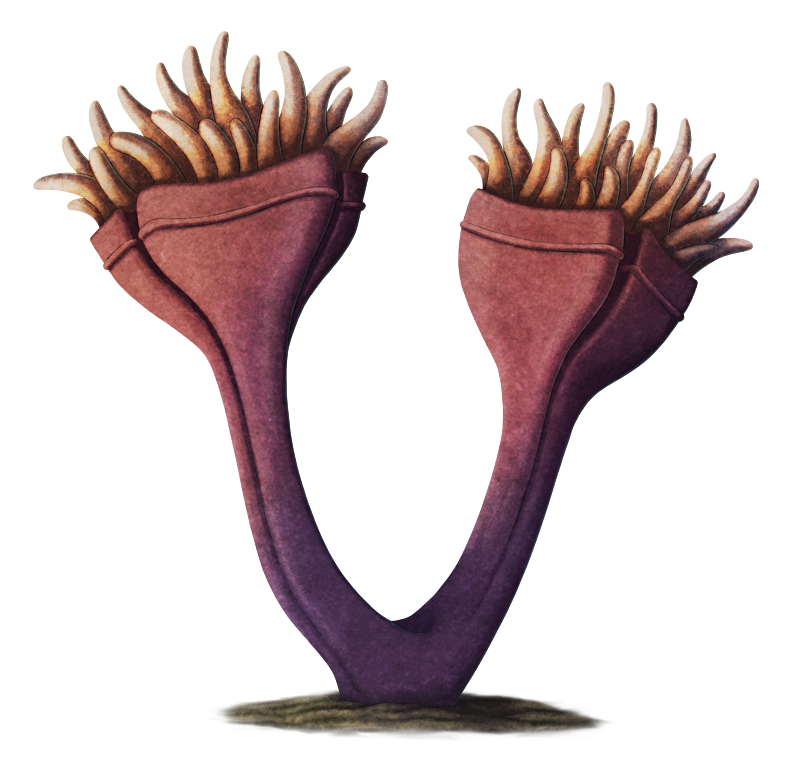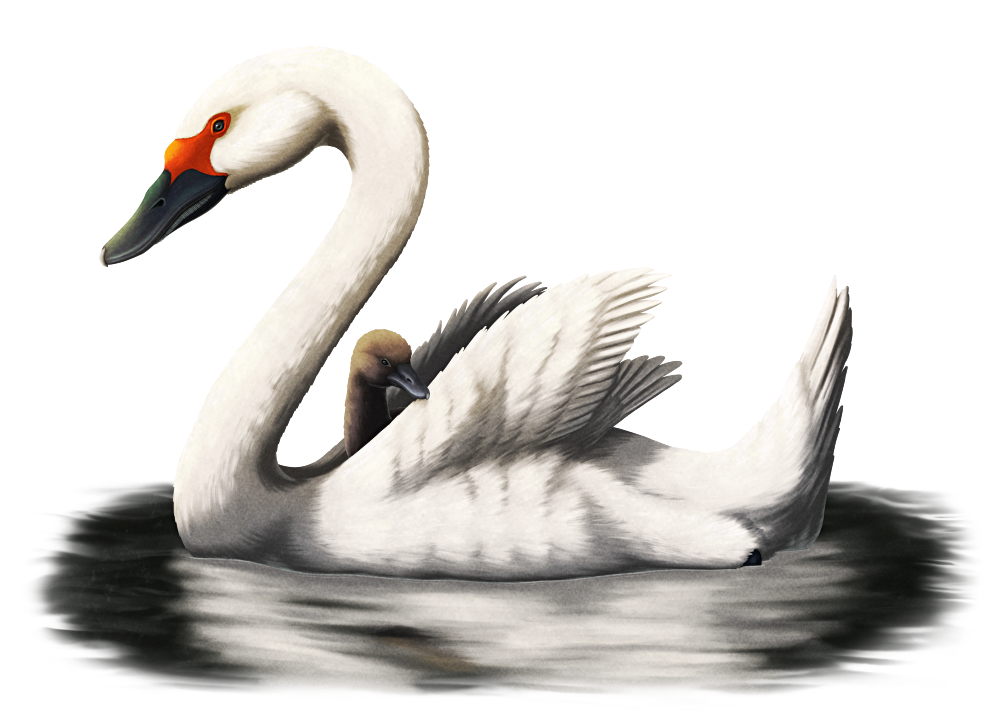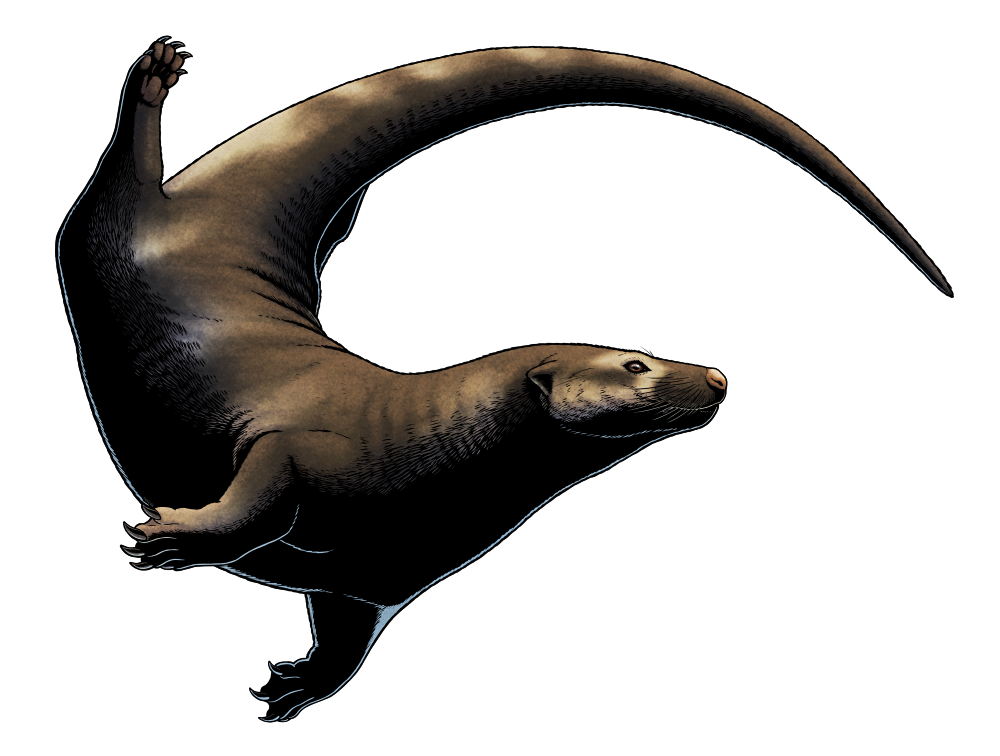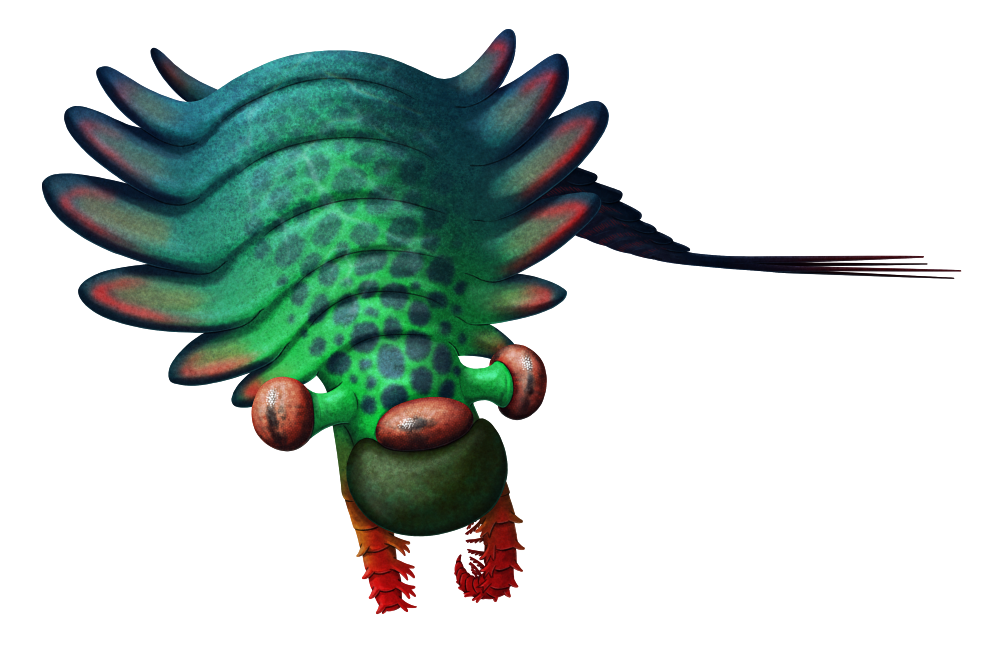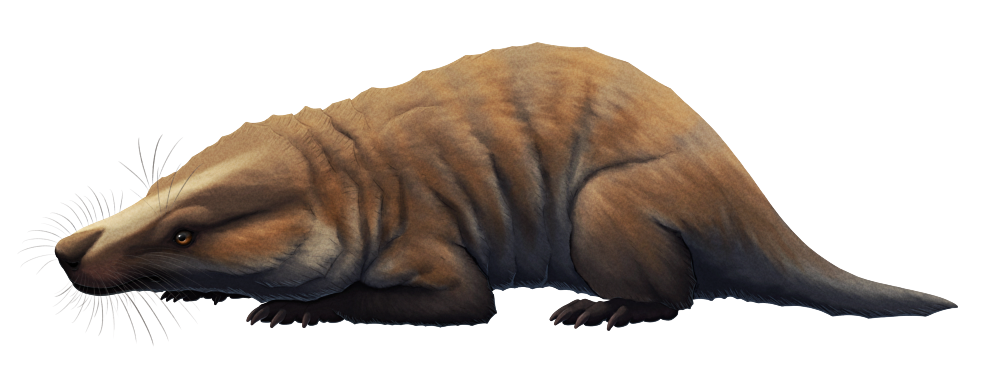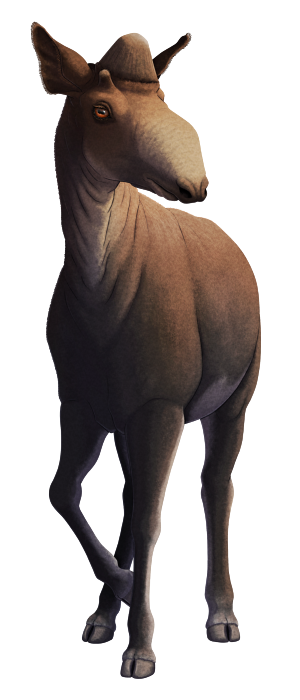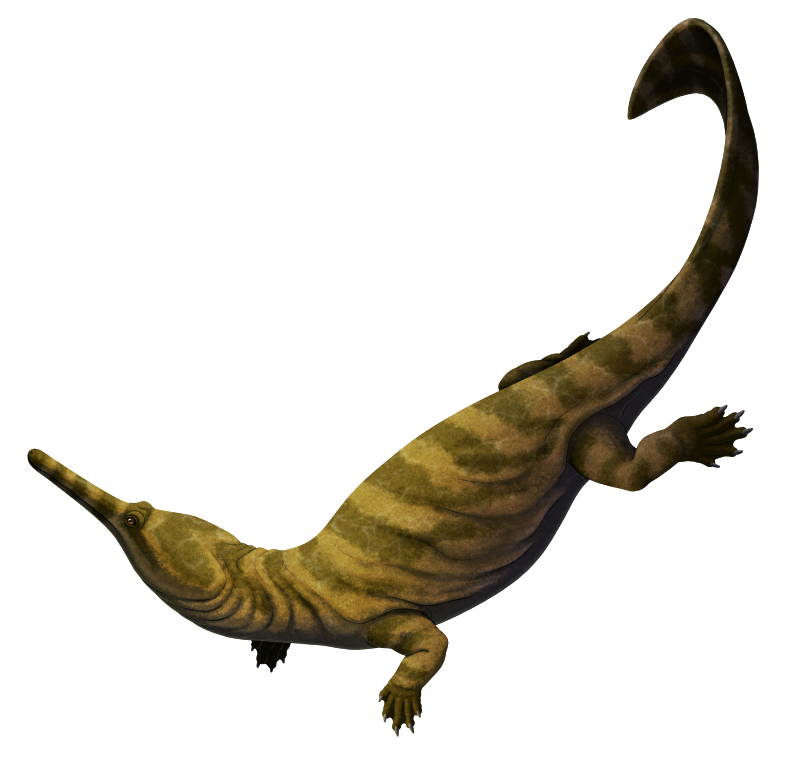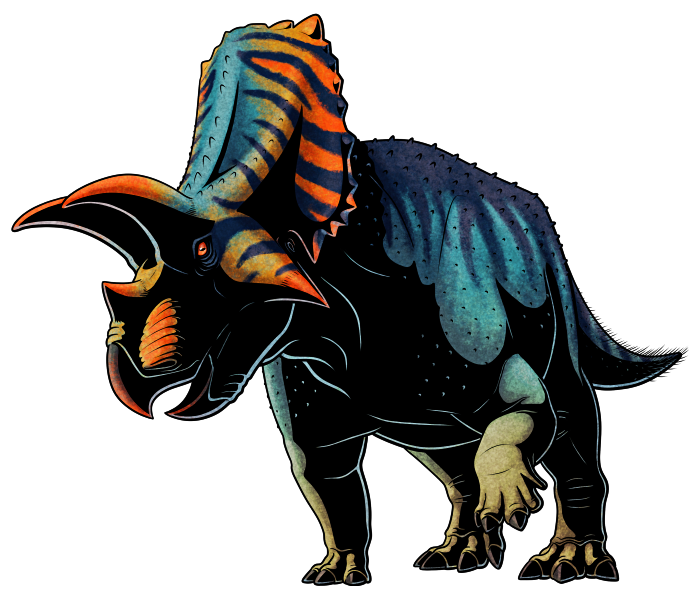Cnidarians – a group of animals that includes modern corals, sea anemones, sea pens, jellyfish, hydra, and a couple of parasitic forms – are one of the most ancient animal lineages, originating at least 580 million years ago in the Ediacaran period.
Actual identifiable fossils of cnidarians that old are incredibly rare, however, and until now there was only one example – the small polyp-like Haootia from Canada.
But a second definite Ediacaran cnidarian has now been described: Auroralumina attenboroughii.
It was discovered in Charnwood Forest, England, in the very same site where the first recognized Precambrian fossils were found in the 1950s. About 20cm tall (~8″) it dates to around 560 million years ago and was made up of a pair of forking stiff-walled tubes which expanded into wide four-sided goblet-like shapes full of stubby tentacles. These densely-tentacled crowns would have been used to capture tiny planktonic organisms from the water around it, making it the current earliest known example of a predatory animal.
The one known fossil specimen has an incomplete base, so it’s uncertain if this was actually the full life appearance of Auroralumina or if it was even larger with more branches and goblets. And although it was preserved in deep-water sediments, it appears to have originated from much shallower waters, being swept down into the depths during a volcanic eruption.
While it superficially resembled a sea anemone, details of its anatomy suggest it was actually much closer related to medusozoans, having similar traits to the immobile polyp stage of the jellyfish life cycle. Its four-way symmetry and boxy shape may also link it to the enigmatic conulariids.
It’s not clear if it was able to bud off swimming medusa stages like its modern relatives – that might be an evolutionary innovation that came along later – but it at least shows that a basic medusozoan body plan was already in place around 20 million years earlier than previously thought.

